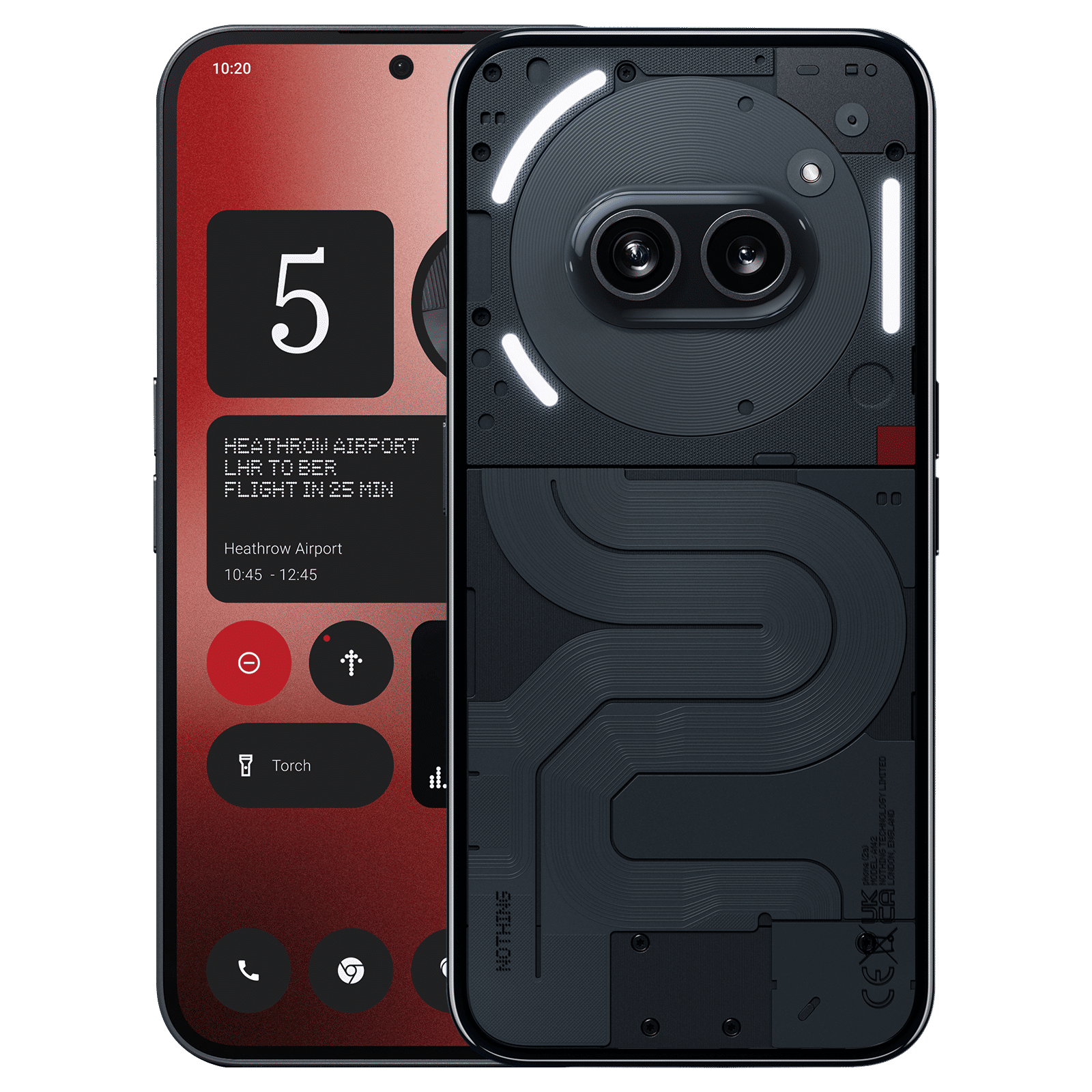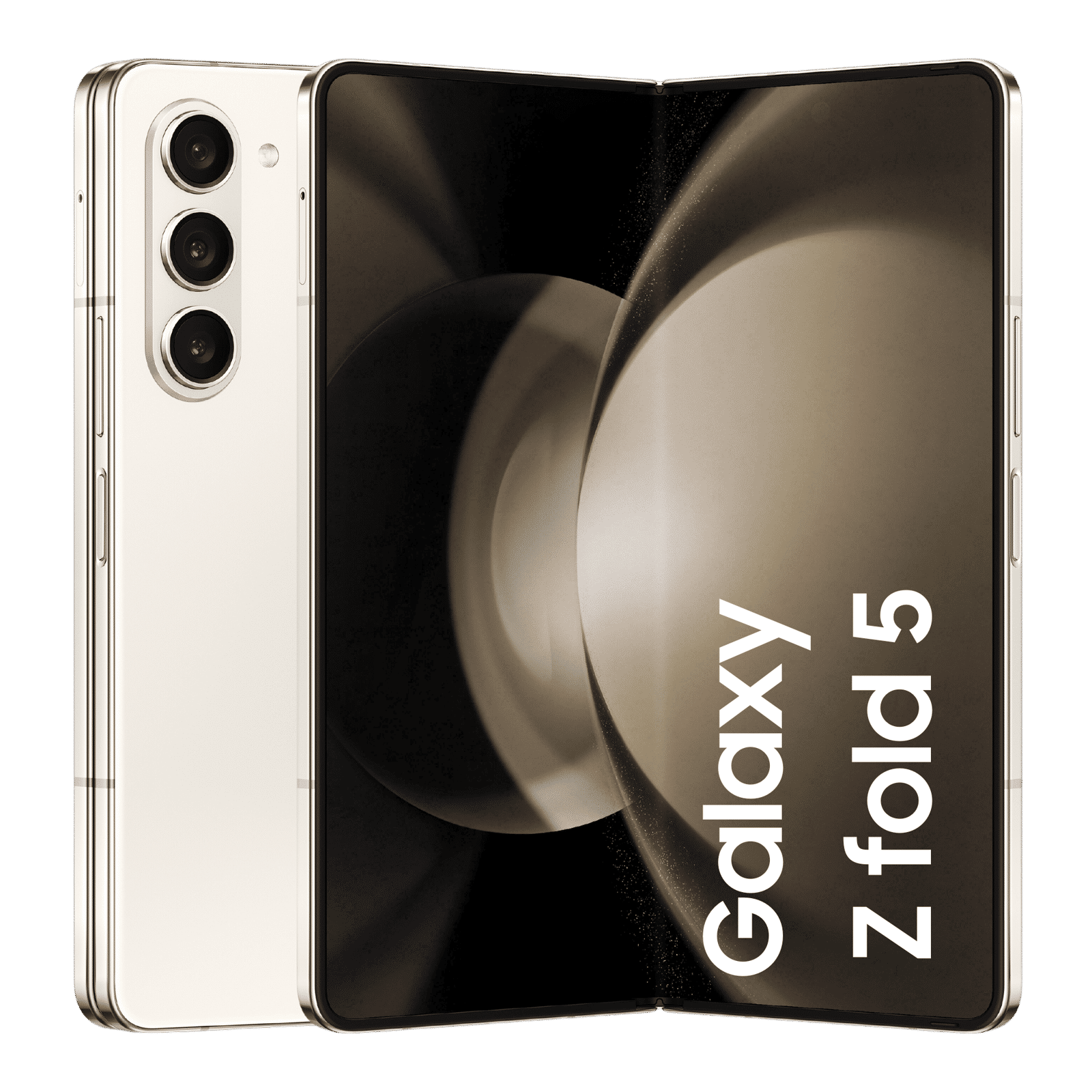It is often camera and battery life that comes to our mind when looking for key features in a smartphone. However, the display is an equally important component. A 2023 study revealed that the average screen time for an Indian user is up to six hours, and if you are going to spend that much time looking at a screen, it might as well be the best. Like TVs, the smartphone display is dominated by branding such as AMOLED, POLED, etc.
Whether you are looking for a smartphone or a TV, OLED is the most dominant screen technology. While it was once reserved for premium devices, the technology has become affordable enough to be found even in the mid-range price segment. However, not every OLED panel is the same, and terminologies like POLED and AMOLED help differentiate them.
ALSO READ: OLED vs QLED: The best TVs for your not-so-humble abode
In simple terms, AMOLED and POLED are two of the most common types of OLED displays found on smartphones. The POLED is primarily made by LG and P in POLED refers to the use of a plastic substrate. Samsung Display brands its OLED panel as AMOLED and AM in AMOLED stand for Active Matrix. Whether it’s AMOLED or POLED, it is important to understand that all modern OLED displays use a plastic substrate and active matrix technology.
How does OLED technology work?
An OLED panel consists of millions of organic light-emitting diodes that light up when current is applied to them. These organic light-emitting diodes are arranged in various red, green, and blue configurations to produce a full range of colours. When compared to conventional LCDs, an OLED panel uses individual light emitters that can be switched off completely.
This ability to switch off individual light emitters is the biggest selling point of OLED panels, and this technology allows them to reproduce deeper blacks with excellent contrast. Once OLEDs are arranged in a panel, they need a power source to function and manufacturers either use a passive wiring matrix or an active wiring matrix.
Passive wiring matrix is cheap since it provides current to an entire row of LEDs but it is not efficient. An active wiring matrix, on the other hand, uses a capacitor and a thin-film transistor (TFT) to individually power each pixel. On an OLED panel, you will find this wiring matrix sitting on top of a base substrate.
AMOLED vs POLED: what's the difference
An AMOLED panel refers to an Active Matrix OLED panel and the branding has now become synonymous with Samsung OLED panels. However, that doesn’t mean only Samsung’s OLED panels use active-matrix technology. Even OLED panels made by the other South Korean conglomerate LG use active-matrix technology.
Initially, OLED panels were built using glass substrates but companies like LG and Samsung Display were quick to understand that glass is fixed and rigid and leaving them little room to tinker with shape and form factor. A plastic substrate can be easily transformed into new shapes and is also more cost-effective than glass. A POLED panel plays a crucial role in curved displays found on foldable smartphones like the Samsung Galaxy Fold 5.
ALSO READ: Television sets to Smart TVs: A look at how TVs in India have evolved
In a nutshell, there are more similarities than differences when it comes to AMOLED and POLED. LG Display’s POLED advertises the use of plastic substrate, which Samsung’s AMOLED display uses as well. Like AMOLED, POLED also uses active-matrix technology and thus on the technical front, they are more similar than different.
Products in focus
AMOLED vs POLED: which is better
The performance of the OLED panel mainly boils down to the quality of the TFT layer, plastic compound, type of emitters, and subpixel layout. Both LG and Samsung use a diamond PenTile subpixel layout for their smartphone displays. When smartphone makers switched from IPS-LCD to OLED panels, users were not immediately able to tell the difference.
Similarly, most smartphone users would find it difficult to spot the difference between POLED and AMOLED. However, the industry seems to have concluded that AMOLED has become the default choice for flagship and premium flagship smartphones. The likes of Apple and OnePlus turn to Samsung’s AMOLED panels for their flagship devices.
ALSO READ: Every TV type explained
POLED, on the other hand, is more common in the mid-range and so-called flagship killers. Whether it is an AMOLED or POLED, you are essentially looking at an active-matrix OLED on a flexible plastic substrate and the difference is insignificant for most users.
Unleash your inner geek with Croma Unboxed
Subscribe now to stay ahead with the latest articles and updates
You are almost there
Enter your details to subscribe

Happiness unboxed!
Thank you for subscribing to our blog.
Disclaimer: This post as well as the layout and design on this website are protected under Indian intellectual property laws, including the Copyright Act, 1957 and the Trade Marks Act, 1999 and is the property of Infiniti Retail Limited (Croma). Using, copying (in full or in part), adapting or altering this post or any other material from Croma’s website is expressly prohibited without prior written permission from Croma. For permission to use the content on the Croma’s website, please connect on contactunboxed@croma.com
- Related articles
- Popular articles














Karthekayan Iyer
Comments